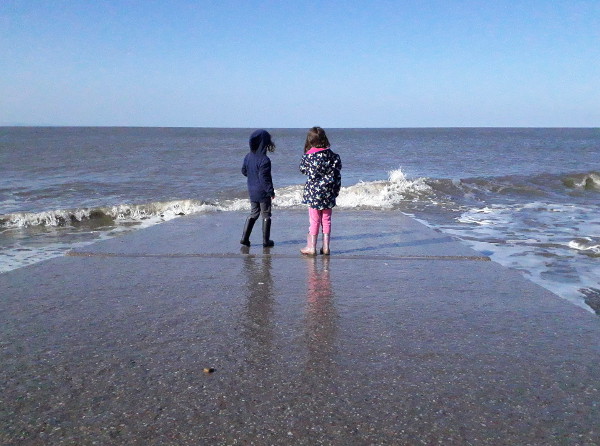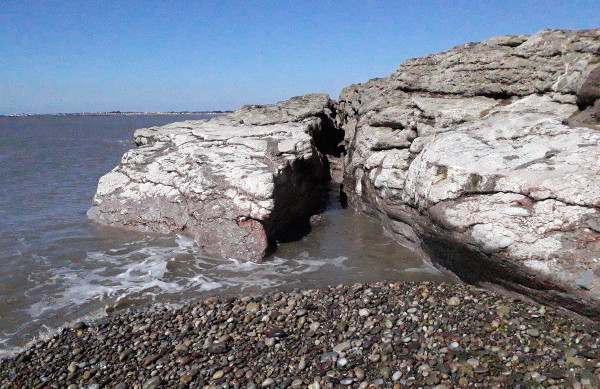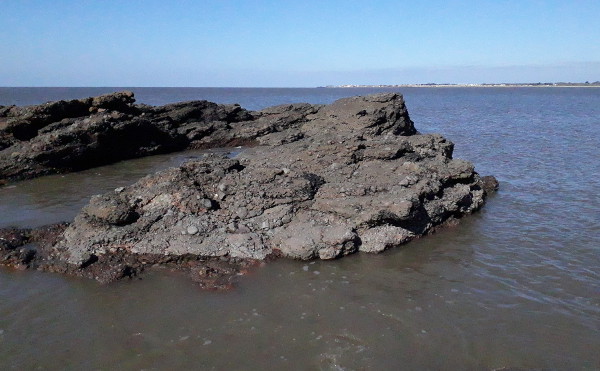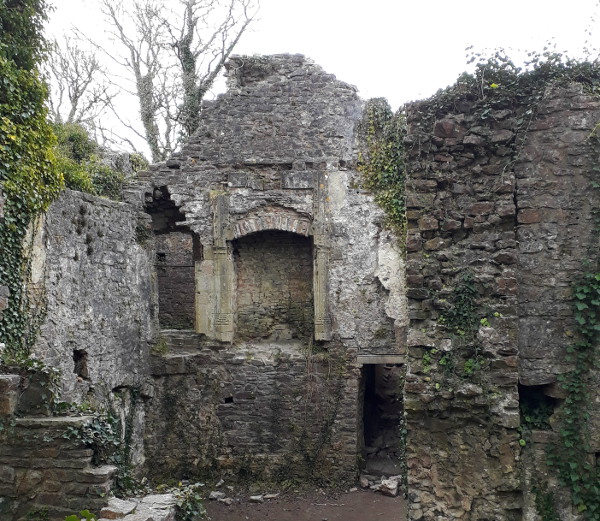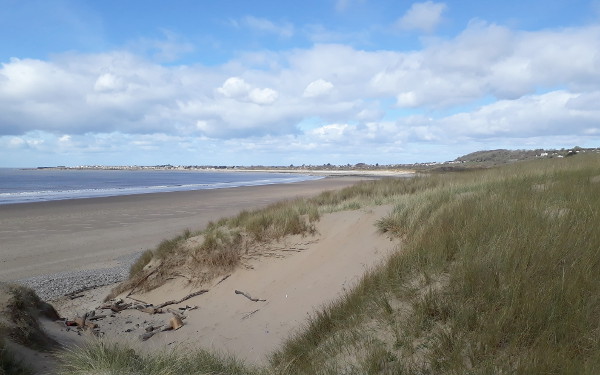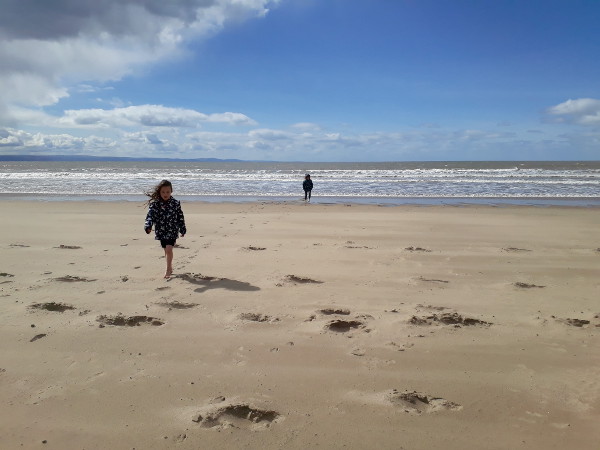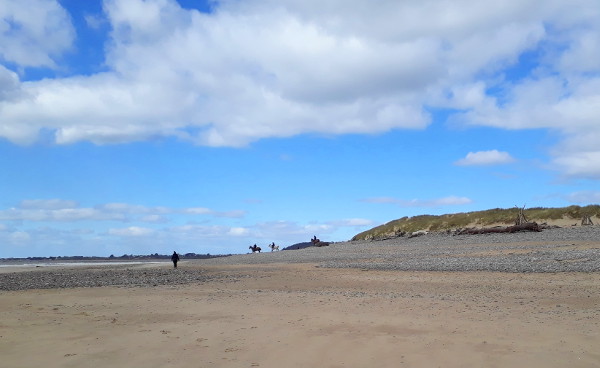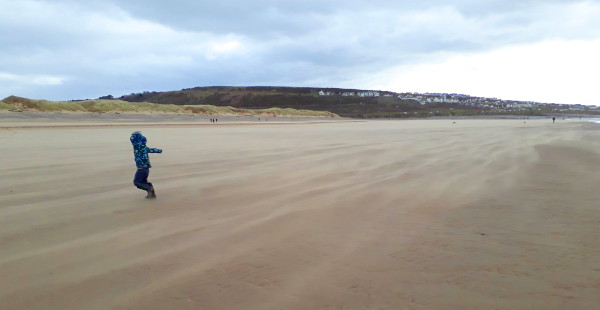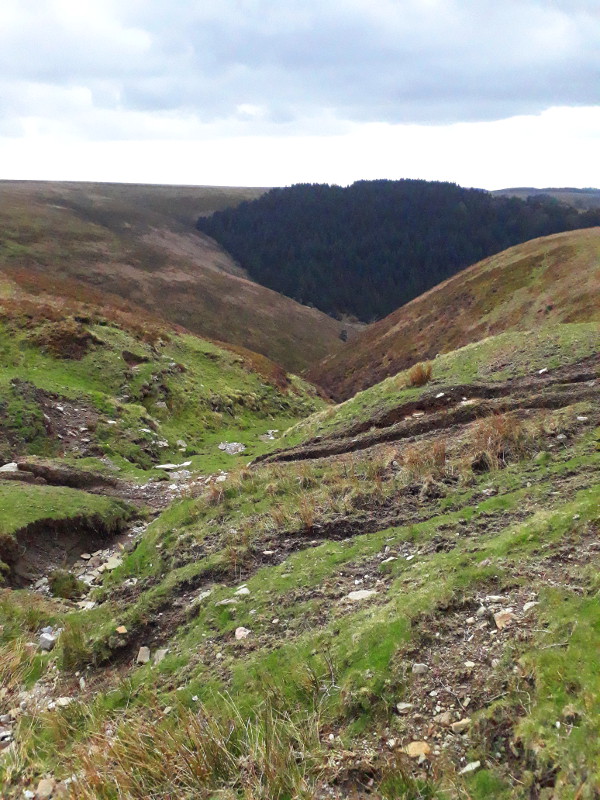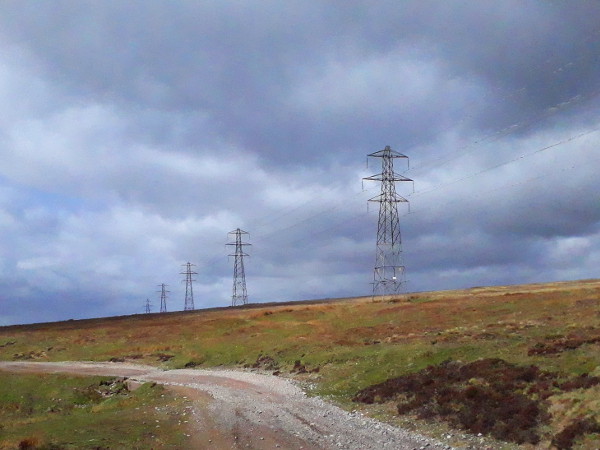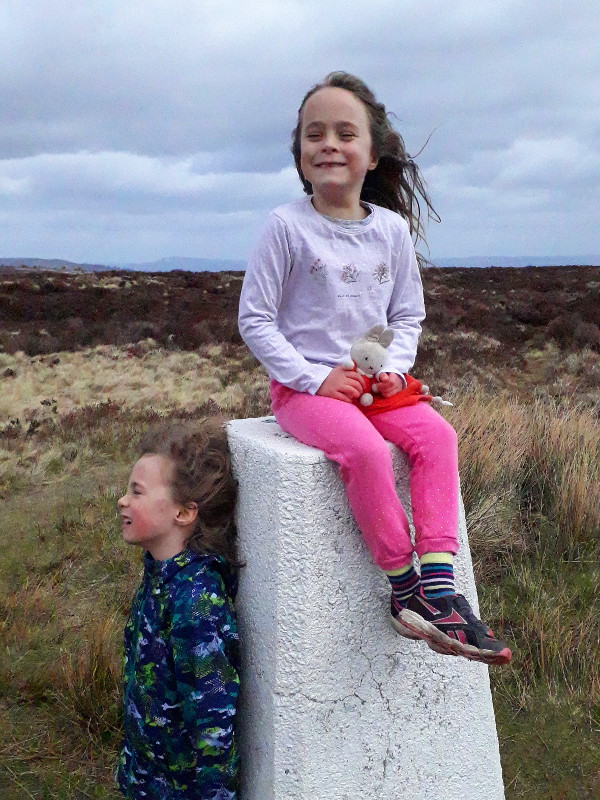A train of thought has been slowly easing into the station over the past few days, after I read a very interesting blog post by historian Caitlin Green about the Ridings of Lindsey and the route between Lincoln and Grimsby—at any rate, the route between Lincoln and Grimsby mapped in 1675 by the Scottish cartographer John Ogilby. Ogilby was the creator of Britannia, Britain’s first road atlas, in the form of 100 cross-country routes drawn as strip-maps at a scale of 1 inch to the mile. Nottingham to Grimsby via Lincoln is map 78.
I recall watching a documentary when I was a child about the history of mapping, which discussed Ogilby, and for some unknown-to-me-reason it was illustrated with rostrum shots of Ogilby’s Grimsby-to-Lincoln route. I was baffled and amazed. Firstly, that of all places, they had decided to show a map of the very village I was living in at the time; and secondly, that our village was on Ogilby’s map. Our village was on a route from Grimsby to Lincoln, but it certainly wasn’t on the main one.
Nowadays there are basically two reasonable routes between Grimsby and Lincoln. You have the main road, the A46, with various straightened-out parts and bypasses and suchlike. Parallel to half of it, though, is the B1203: in general it still goes through villages rather than around them, and it goes up and down a lot more. The A46 cuts across the Wolds from Grimsby to Caistor, then runs south along their foot to Market Rasen, minimising the time it spends on the hilly ground. The B-road’s route is closer to a crow-flies route from Market Rasen to Grimsby, but as a result much more of its route is in the hills. This is the route that appears on Ogilby’s map, following much the same route as the B1203 today. However, it wasn’t until I read Dr Green’s post the other day, that it really occurred to me that, of course, Ogilby’s route didn’t quite follow the same route as the modern roads. The question of exactly which routes were meant by Ogilby when compared to modern topography is a very interesting one.
My thoughts on this led to a bit of a Twitter discussion with Dr Green,as to how Waltham has developed over the years and how the pre-enclosure road from Waltham to Scartho might have survived as a footpath down to the 1950s. That’s not really what I wanted to talk about today, though, although I might possibly write something about it in the future. The train of thought that’s been wandering around in my head this week is more about the importance of fine-grained local history, and how easily it is lost.
The Mother spent a lot of time over the last twenty years researching our family tree—or, rather, her family tree, as she gave up on my dad’s when she discovered a number of things in the early 20th Century which didn’t quite tally with her views on how People Used To Behave.* From her grandmother, she inherited a Victorian Bible with lists of various marriages and dates of birth inscribed on the flyleaf, and various stories about how her family were descended from Spanish pirates who had settled in Cornwall in the 16th century. These had presumably all come from her grandmother’s parents, who had been the first generation to move out of their tiny Cornish fishing village and had moved to London to marry and have children. I don’t remember meeting my great-grandmother, but apparently she was always also very proud of her “genuine Cockney” roots, having been born in Soho. My mother got right onto all of this, feeding the information into Ancestry, linking it up with other people who could trace their roots back to the same Cornish fishing village, and so on. However, all she ever seemed to be interested in were names on a chart. She entered different ancestors’ names into the data like a birdwatcher who is only interested in ticking each species off in a book, or a trainspotter who does nothing more than gather numbers. That’s…not really what history means to me. To me, history is more about what these people actually did. How they lived their lives, and what the world was like around them.
When we moved to Waltham, before I started school, we moved to a new-build house on a clean new estate with barely any sense of history. My parents, too, seemed to have no sense of history or of the landscape around us. I remember asking The Mother one day what we might find if we did an archaeological dig in the garden, and she replied with: “nothing at all, it was just a field.” It took a few years before I realised that one farmhouse left behind on the estate was much older than all the other buildings; or before I realised that one cul-de-sac was in the middle of a mature avenue of trees. As far as my family were concerned, or anyone I knew, the village was tabula rasa, a clean slate with no history save for the old windmill and the part-Saxon church. All of the roads might for all I knew have been there for eternity, whether built two or two hundred years before. History, to me, was the sharp-angled village library, built in 1981.
At secondary school we learned about enclosure and were shown before and after maps of each of the local villages. Most of the roads, we were told, were built at enclosure, which is why they have sharp bends or zig-zags where they cross the parish boundary. So how did people travel before that? There were few if any roads marked on the pre-enclosure maps. What route was John Ogilby marking on his map, if all the roads were built later? If I thought at all to ask any of these questions, nobody quite knew how to answer them.
I recall someone from my parents’ generation who had grown up in the village telling us that a slight rise in the Grimsby road, close to the old village school, was called Pepper’s Hill. As a name, it didn’t appear on any maps, and I have no idea where it came from, or where she had got it from. Moreover, why did nobody else know about this, and why had nobody told me?
Traditionally, history was always seen as a grand progression of Great Men, of names and dates and battles and similar Important Events. That’s still believed in some regressive, reactionary circles, but it’s not true. There are many histories, and everyone’s story is a history in itself. I love the history of place, the fine-grained history and archaeology of a small piece of topography, the sort of history that asks where the roads really did run in a particular village a few hundred years ago. It’s one of the reasons I waffle on here so much about local cemeteries and suchlike, and why I think it’s worthwhile to look at just how individual places and neighbourhoods have changed. It’s even more important to look at a regular neighbourhood than it is to study the history of a castle or a palace; but so much is lost, or overlooked, or just forgotten. My great-great-grandparents left Cornwall, and left behind them so much knowledge of their tiny village and of their local towns that is all gone completely now, so much dust in the wind. I can go back to where they came from and walk the same streets; I can go to the village museum and see walls of photos of Victorian fisherman who are probably all distant relations of myself; but I have no connection with that landscape or with any of the people. My family has jumped too many times, and broken its connections at each one.
If you go all the way back, back to when the English first arrived here, just think: there is so much that has been forgotten and lost. There are so many rivers in England called Avon, and we do not know the pre-English name for any of them, because Avon is just the Welsh word for “river”. There are so many kings of Britain, from the period after the Romans left and before the English arrived, whose names and numbers and forts are forgotten and missing from the record completely, because they had the misfortune to lose a war. The history we do have now is the history of survivors, but sometimes we should remember there is a history of the forgotten too.
This post is a bit of a mish-mash, a bit of a strange ramble around my mind, but I suppose what I’m really trying to do is set out some sort of a manifesto, for why I like to study history, for why I went and got myself a degree in archaeology, and for what I think is important in those fields. Above all, this is a plea to know the land around you, know its shape and how it came about, know what was here before you and what you have inherited. I hope that wherever I live in the future I will always try to learn about the landscape around me; and hopefully now I’m an adult I will have the resources to be able to do that. This land is our land, but we merely hold it in trust for our descendents; and the same goes for our history too.
* My great-grandparents got together circa 1910 or so but never actually married—because my great-grandfather was already married to someone else. Allegedly, a few decades later someone used this fact to taunt my grandmother, and she immediately punched them to the floor. There were also other bits which would be hard to even draw on a standard family tree, such as the distant relative of my dad who got married to his stepmother’s sister.
Keyword noise: history, local history, Grimsby, Waltham, Lincolnshire, North East Lincolnshire, John Ogilby, The Mother, family history.
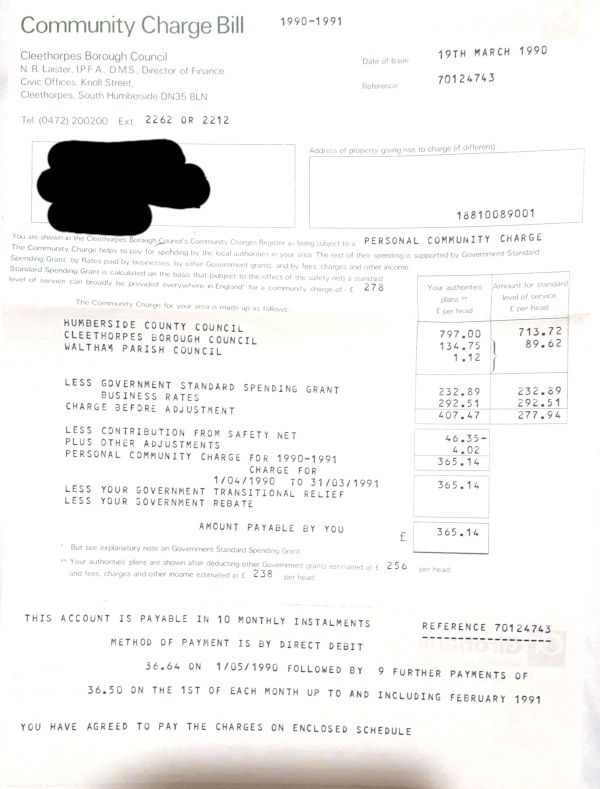

 Home
Home


